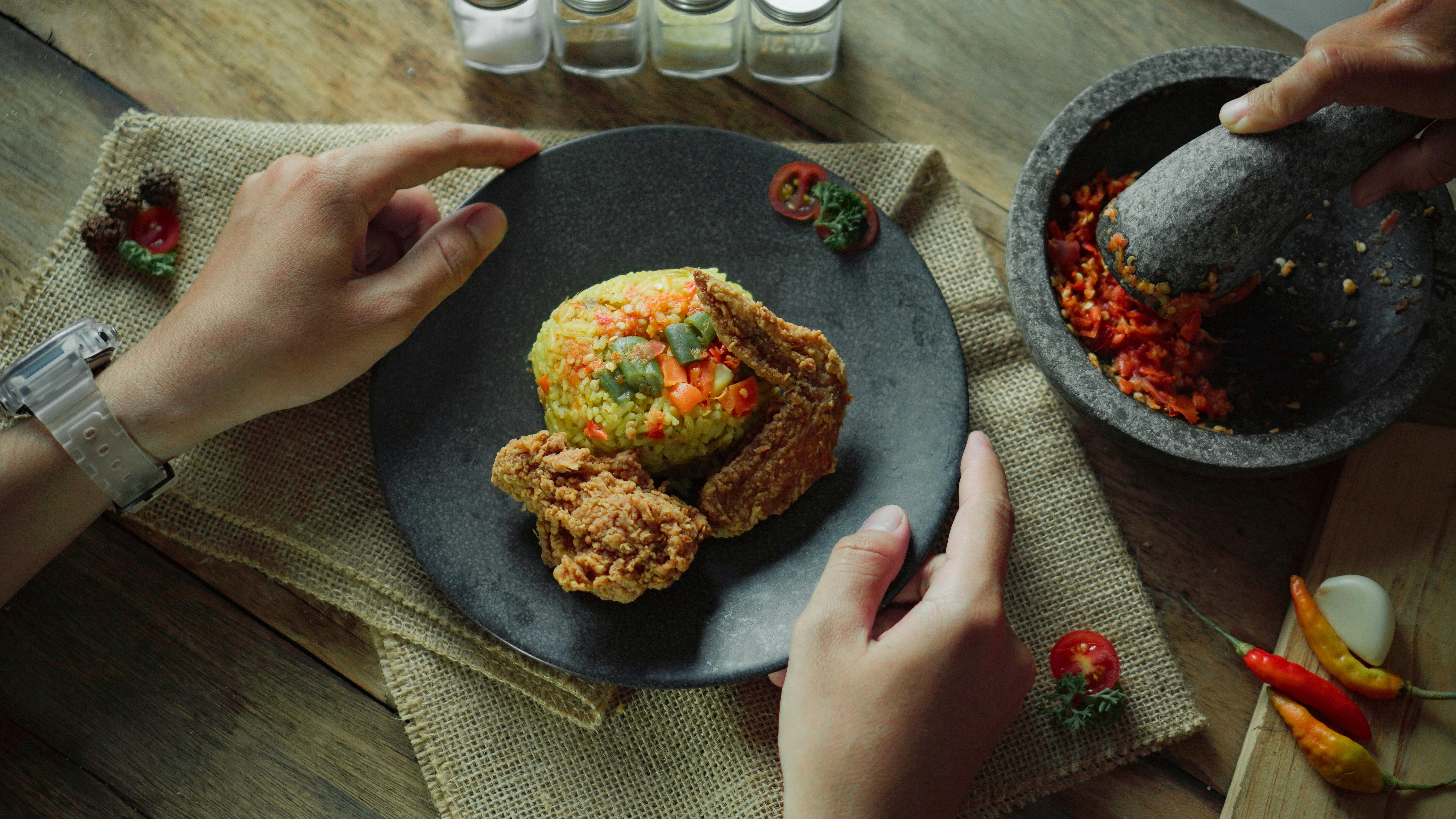Unveiling the Mysteries of Indonesian Cuisine: A Gastronomic Adventure
Indonesia, a tropical paradise with over 17,000 islands, offers a rich tapestry of flavors and culinary techniques waiting to be discovered. This article will lead you through the lesser-known aspects of Indonesian cuisine, highlighting innovative recipes, and the unique fusion of local and foreign influences. Let's embark on this gastronomic journey together!

Merging Cultures on a Plate
Indonesia’s strategic location along ancient trade routes has resulted in a fascinating culinary blend. Invaders, colonizers, traders, and immigrants have all contributed to what has become a complex and diverse cuisine. Indonesian food is characterized by its flavorful combinations, often pairing sweet and spicy or sour and savory, creating a taste experience that is truly unique.
The Ubiquitous Rendang
Rendang, a spicy meat dish originating from the Minangkabau region, is a staple at Indonesian festivities. Traditionally slow-cooked for hours in a coconut milk and spice mixture, the meat absorbs an array of flavors, developing a tenderness that is simply irresistible. Serving Rendang with a side of steamed rice and pickled vegetables balances its intense flavor profile.
Savor the Street Food - Satay
Satay, skewered and grilled meat served with a peanut sauce, is an Indonesian street food icon. While chicken is the popular choice, diverse variants use beef, lamb, or even tofu. The meat is marinated in a mixture of soy sauce, garlic, and various spices before being grilled to perfection over charcoal, imparting a smoky flavor that is simply divine.
Sweet Ending - Klepon
Indonesians love their sweets, and Klepon is a delightful example. These bite-sized balls of sticky rice flour filled with palm sugar and rolled in grated coconut are a popular dessert. The combination of sweet, salty, and slightly bitter from the coconut makes Klepon a unique and satisfying end to any meal.
Innovative Indonesian Cocktails
Indonesia’s cocktail scene is also worth exploring. Bartenders are incorporating local ingredients like tamarind, lemongrass, and various tropical fruits into their creations, resulting in drinks that are refreshing and full of character.
- Indonesian Tip: Balance your meal with a variety of flavors. Too much spice can overwhelm the palate, so include some mild dishes in your spread.
- Fun Fact: Indonesia is the world’s second-largest producer of nutmeg, a spice often used in local cuisine.
In conclusion, Indonesian cuisine is a treasure trove of flavors, offering a culinary journey that is as diverse and vibrant as its archipelago. It extends beyond Nasi Goreng and Satay, inviting you to delve deeper and discover the rich tapestry of its food culture. So why not whip out your apron, try these recipes, and embark on a gastronomic adventure right at home?





